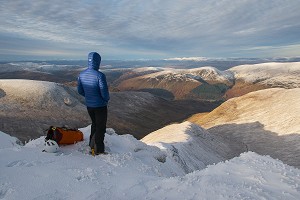
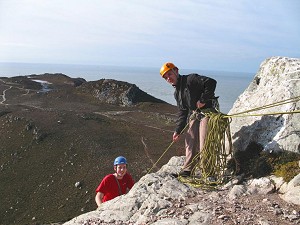
This article details the remit of the award, how to register for it and what exactly it covers. This article has been produced in conjunction with the Mountain Leader Training Association (MLTA).
VIDEO: Single Pitch Award
The Course
Gaining your SPA award will qualify you to supervise and instruct climbers on single pitch crags and climbing walls. As well as climbing routes, the award covers bouldering, using top and bottom ropes and group abseiling.
It's important to note that passing the SPA requires much more than good personal climbing skills. As you work towards assessment you will develop group management skills, learn how to choose suitable routes and venues to suit a group/individual under your supervision and become adept at setting up efficient abseils, top ropes and bottom ropes to suit different situations. You will also learn how to minimise climbing risks and solve basic climbing mishaps. The SPA also covers equipment, use of climbing walls, crag etiquette, crag access and conservation responsibilities.
Even if you never plan to work as a climbing instructor, completing an SPA training course is a very worthwhile experience. It will give you confidence in your own personal skills, and will prove invaluable if you find yourself in the responsible position of climbing with less experienced friends than yourself.
For the purposes of this scheme a single pitch route:
• is climbed without intermediate stances
• is described as single pitch in the guidebook
• is non-tidal
• is non-serious and has little objective danger
• presents no difficulties on approach or retreat, such as route finding, scrambling or navigating
Award Holder Profile - Adam Wilson
"I started climbing four years ago at a wall, was instantly hooked, met climbing friends and quickly made the transition from plastic to classic. The next summer was spent getting numerous sport routes under my belt at the local sandstone quarry, and honing my experience by learning from everyone and everything. Not much later, I was introduced to 'real' climbing and the thrill of placing my own protection.
After leaving the army (where I completed SPA training), I was looking for a new direction. I decided on a career outdoors and the first stepping stone was the SPA. I'd read all the literature on it more than twice and was determined to get the award. Racking up the required number of trad climbs before my assessment was a wonderful time: spending all those days on the rock and learning so much. The assessment course at Glenmore Lodge was a fantastic experience and really rewarding. Receiving the award was the culmination of six months hard gained experience and fantastic times. I would recommend doing the SPA to anyone.
As for work, I now take the occasional instruction course in and around Angus and Tayside. I am keen to expand my experience and aim for the MIA, so I am currently working in a normal job to cover the cost of my next few awards. I know that the next few years will be rewarding, and look forward to being able to share more of my passion for climbing."
You can find out what Adam's up to at http://adamclimbs.blogspot.com
How to register for the SPA:
You'll need to be 18 years old or over, with a minimum of 12 months rock climbing experience. When you register, you'll get a logbook and, before the training course, you should lead climb and log at least 15 traditional routes. If you've climbed loads more routes than that, try to log a range that shows the breadth of your climbing experience. Once you've qualified, keep your log book updated and you can use it as a CV to show potential employees.
To get a logbook:
- Contact Mountain Leader Training
- Download the Registration Form
Training, consolidation and assessment:
SPA training and assessment courses last a minimum of two days or 20 hours, including evening sessions. You'll already be a competent climber if you're going for the SPA award – so training courses focus on teaching you things you wouldn't necessarily know without expert guidance – and on perfecting your existing skills.
A typical training course outline is below:
Evening 1
Course introduction and paperwork
Review of personal climbing skills
Discuss use of climbing walls
Day 1
Crag A
Guidebooks and choosing a route
Runner placements, belay construction and leading climbs
Belaying and lowering
Personal abseiling
Evening 2
Review of practical sessions
Gear review
Environmental case studies
Responsibilities of a group leader
Day 2
Crag B
Crag impact - choosing a crag, transport/parking, approach, choosing a route and style of ascent
Top roping, bottom roping, abseiling with novices
Rigging and supervising, anticipating problems and minimising impact
Bouldering
Course review - logbooks and personal action plans
Between training and assessment, you'll need to gain extensive supervisory and personal climbing experience, usually over a period of at least six months. You should lead and log a minimum of 40 traditional routes before attending an assessment. Some should be at least grade Severe.
The director of your training course will have debriefed you at the end of your training course, telling you what you need to work on before your assessment. Use this information and the skills checklist in your logbook to plan what to work on during the consolidation period.
Ideally, consolidation should take about six months and should focus on diversifying and broadening your experience. Go climbing at a range of different venues, and assist supervising others with a range of different sessions and types of clients, too.
You may be sent a written test to bring to the assessment course. A typical assessment course outline is below:
Evening 1
Use of climbing walls
Day 1
Crag A
Guidebooks and choosing a route
Runner placements, belay construction and leading climbs
Belaying and lowering
Personal abseiling
Evening 2
Home paper discussion and topics presented
Day 2
Crag B
Crag impact - choice of crag, transport/parking, choice of approach and routes, style of ascent
Top roping, bottom roping, abseiling with novices
Rigging and supervising the activity - anticipating problems and minimising impact
Supervised bouldering
Course review and results
- Therm-a-Rest Navis Sleeping Bag 7 Jul, 2013
- Polvere Ski Mountaineering Skis 23 Apr, 2013
- Rab Infinity Down Jacket 7 Apr, 2013
- COMPARISON REVIEW: Mountain Hard Shells 4 Apr, 2013
- The Questionable Ethics Of Down Production 10 Jan, 2013
- VIDEO: The 1922 Trek To Everest Base Camp 23 Sep, 2012
- WITH VIDEO: NEW TNF Summit Series Meru Range 12 Sep, 2012
- Autumn/Winter 2012 Polartec NeoShell Mountain Clothing 7 Sep, 2012
- Patagonia Ultralight Down Jacket 5 Jul, 2012
- Barmasse Attempts North Face Of Karakorum's 'Ogre' 21 Jun, 2012

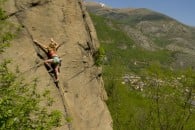

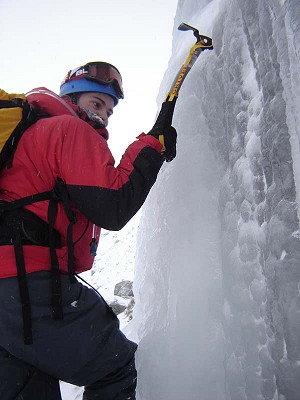
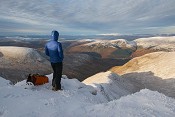

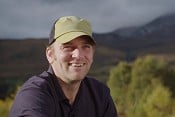
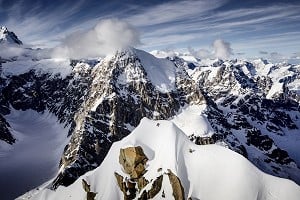

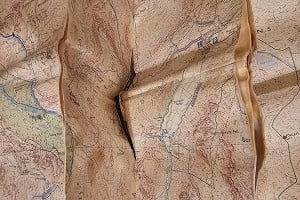
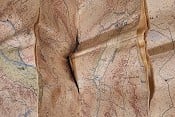




Comments